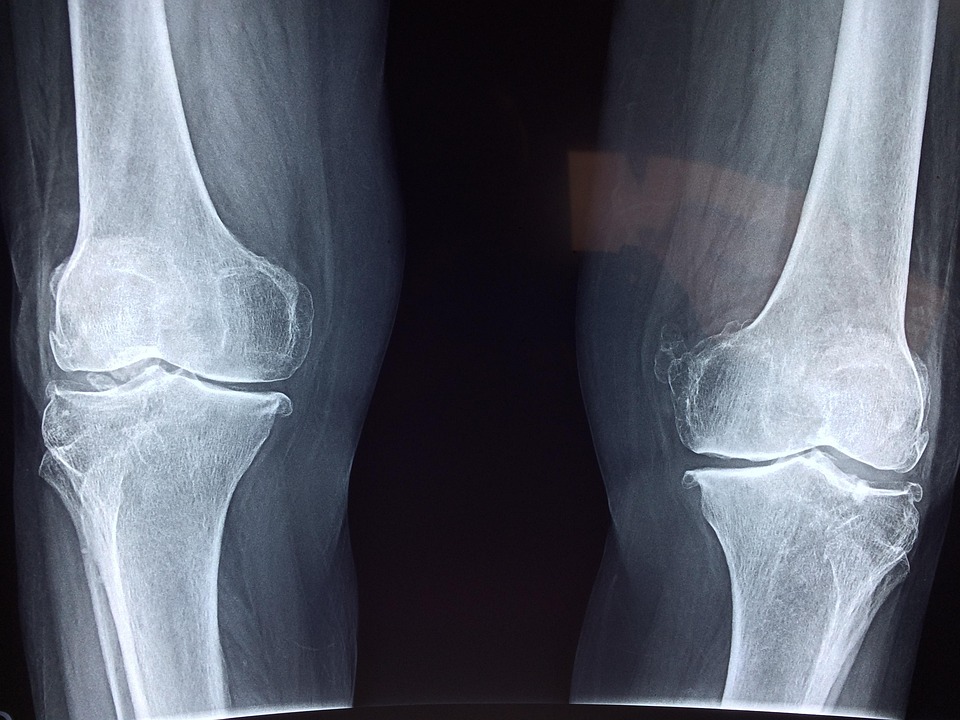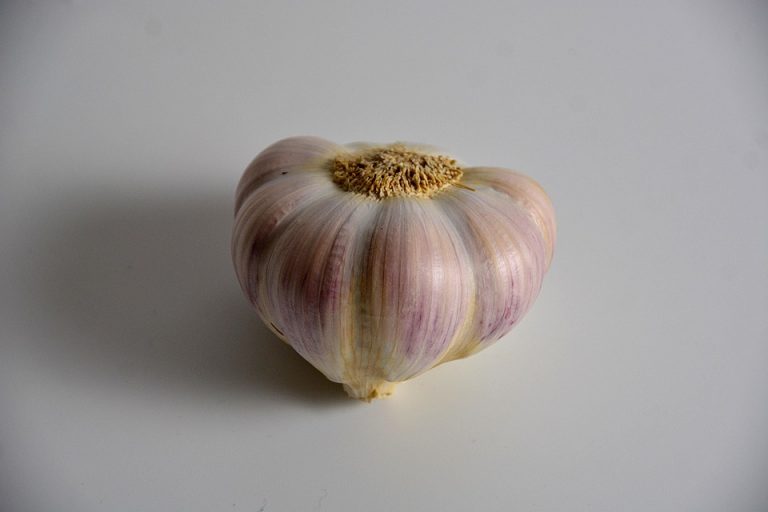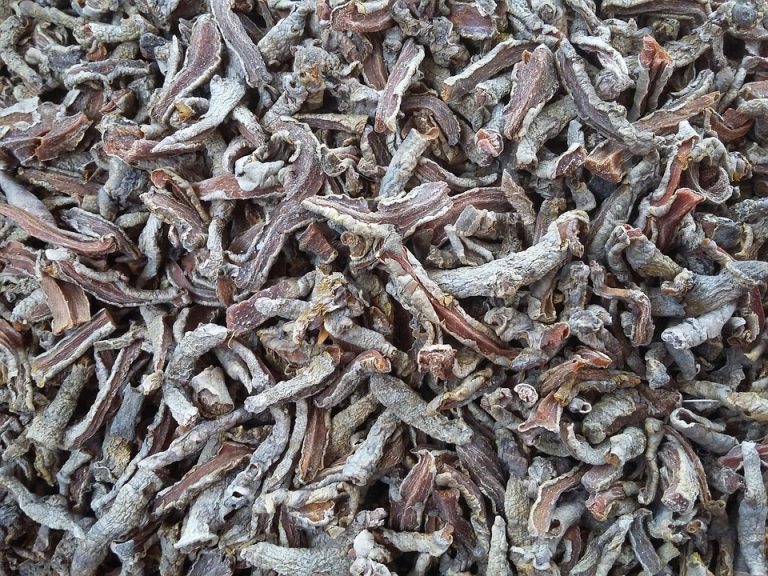Herbs for Bone Health are powerful plants that support bone density, reduce inflammation, and help your body repair and maintain its skeleton. They’re not magic, but they’re mighty—backed by science, used for centuries, and sensible when paired with good nutrition and movement.
When you choose the right herbs for bone health, you’re choosing proactive care. You can slow bone loss, support recovery after injury, and ease the aches that come with aging. This matters because your bones hold your life upright. Treat them like the foundation they are.
Contents
Herbs for Bone Health: Natural Allies For Strong Bones
Your bones are living tissue. They respond to hormones, nutrients, and inflammation. When things go off balance, bone resorption can outpace formation. That’s where herbs for bone health step in: many reduce inflammation, supply trace minerals, or gently mimic hormonal pathways that protect bone.
I’m not promising miracles. But I will promise practicality. Below are five herbs that stand out for their safety, research, and real-world results. Each entry includes how it helps, how to use it, and what to watch for.
Turmeric (Curcuma longa)
Turmeric is the headline act for inflammation. The active compound, curcumin, calms the kind of chronic inflammation that erodes bone over time.
Multiple clinical reviews show curcumin modulates inflammatory pathways and may reduce bone loss in models of osteoporosis. A review in Nutrients explains how curcumin supports bone cells and may protect against bone degradation when paired with calcium and vitamin D.
How to use turmeric:
- Take a standardized curcumin supplement or add turmeric to food. Look for formulas with piperine (black pepper) or liposomal delivery to improve absorption.
- Typical supplemental doses range from 500–1,500 mg of curcumin daily, split into two doses.
- If you take blood thinners, check with your clinician—turmeric can amplify anticoagulants.
Horsetail (Equisetum arvense)
Horsetail is an old-school herb full of silica, a trace element linked to collagen formation and bone mineralization. Think of silica as the scaffolding that helps calcium and other minerals lock into bone.
Research shows silica influences bone-forming cells and improves markers of bone health in some studies. Horsetail is also a mineral-rich tonic that complements other bone-supporting nutrients.
How to use horsetail:
- Use horsetail tea or standardized extracts; follow label directions.
- Typical extracts provide 10–20 mg of silica-equivalent daily.
- Don’t use horsetail long-term without breaks; avoid if you have kidney disease or take lithium.
Nettle (Urtica dioica)
Nettle is a mineral powerhouse. It contains calcium, magnesium, iron, and vitamin K—nutrients essential to bone strength. Nettle also has anti-inflammatory flavonoids that soothe joints and support circulation.
Traditional herbalists use nettle as a daily restorative. Emerging research supports nettle’s role in preserving bone during times of hormonal change, such as menopause.
How to use nettle:
- Drink nettle tea, take a tincture, or use freeze-dried capsules.
- A cup or two of nettle tea daily provides gentle nourishment; supplements often range from 300–600 mg per dose.
- If you are on blood thinners or have kidney issues, consult your provider because of nettle’s nutrient profile.
Red Clover (Trifolium pratense)
Red clover contains isoflavones—plant compounds that act like mild estrogens in the body. For postmenopausal women, isoflavones can help reduce bone loss tied to estrogen decline.
Clinical trials have found red clover extracts can modestly support bone mineral density and reduce bone turnover markers, especially when combined with calcium and vitamin D. It’s a gentle, plant-based option for women seeking non-hormonal support.
How to use red clover:
- Choose standardized red clover supplements that list isoflavone content.
- Typical doses provide 40–80 mg of isoflavones daily.
- Avoid red clover if you have hormonally sensitive cancers or are on hormone therapy without medical approval.
Moringa (Moringa oleifera)
Moringa is a modern discovery with traditional roots. Its leaves deliver calcium, magnesium, and vitamin K, plus antioxidants that reduce oxidative stress in bone tissue. Animal studies and preliminary human research suggest moringa supports bone formation and reduces markers of bone loss.
Moringa is an easy plant to fold into the diet—powdered leaves blend into smoothies, soups, or capsules.
How to use moringa:
- Start with 1 teaspoon of moringa leaf powder daily or follow supplement label instructions.
- Combine moringa with a balanced diet rich in calcium and vitamin D for best results.
- Moringa is generally safe but can interact with blood pressure and blood sugar medications.
How These Herbs Fit Into A Complete Bone Plan
Herbs for bone health are helpers, not replacements. Your body needs several basic supports to build and keep bone:
- Adequate calcium and vitamin D.
- Weight-bearing exercise to stimulate bone remodeling.
- Good protein and balanced hormones.
- Avoiding smoking and excess alcohol.
Think of herbs as targeted tools. Turmeric manages inflammation. Horsetail supplies building material. Nettle and moringa bring minerals. Red clover offers hormonal mimicry for certain women. Use them together thoughtfully.
Practical tips:
- Layer herbs with nutrients: take herbs alongside calcium-rich meals or a vitamin D supplement.
- Rotate herbs seasonally rather than using the same one non-stop.
- Keep a short journal: note energy, joint comfort, and any side effects. This helps you and your clinician fine-tune the plan.
Safety, Quality, And How To Choose Supplements
Not all supplements are equal. Quality matters because herbs are concentrated—and contaminants or incorrect dosing can do harm.
What to look for:
- Third-party testing (USP, NSF, ConsumerLab).
- Clear ingredient lists and standardized extracts where applicable.
- Reputable brands with good manufacturing practices.
Talk with your health provider about herb-drug interactions. Certain herbs affect blood clotting, hormones, or blood sugar. If you take prescription medications, bring your supplement labels to appointments.
Real-World Stories: How Herbs Helped Women I Know
I’ve seen women regain confidence after adding herbs to a commonsense plan. One woman in her 60s reduced nightly achiness with turmeric and nettle tea while starting a walking program. Another, postmenopausal and wary of HRT, added red clover with vitamin D under medical oversight and saw better bone markers at her next check.
Those stories aren’t universal guarantees. They’re reminders that herbs can make a meaningful difference when used thoughtfully.
Practical Protocols To Try
If you want a starting regimen that respects safety and efficacy, consider this simple approach:
- Morning: Moringa smoothie (1 tsp powder) and a vitamin D supplement as recommended by your clinician.
- Midday: Nettle tea with lunch for mineral support.
- Evening: Curcumin supplement with a bit of black pepper for absorption.
- Horsetail extract 2–3 times per week; red clover 5–7 days if you’re postmenopausal and cleared by your clinician.
Adjust based on how you feel and clinical feedback.
Signs Your Bones Need Extra Attention
Watch for:
- Height loss or a stooped posture.
- Repeated fractures from minor falls.
- Persistent back pain that might suggest spinal compression.
Those signs warrant immediate medical attention. Herbs can support bone health, but they’re not a substitute for medical treatment when bones are failing.
Bottom Line
Herbs for bone health can be smart, effective additions to a broader bone-preserving strategy. Turmeric soothes inflammation. Horsetail gifts silica. Nettle and moringa deliver minerals. Red clover offers plant-based hormonal support for some women. Used wisely, these herbs help you protect your foundation so you can move, live, and laugh without fear.
Be realistic: herbs amplify good habits. They’re not replacements for calcium, vitamin D, exercise, or medical care. Start small, choose quality, and check in with your health professional.
Stay steady. Your bones are listening.
Bottom Line
Herbs for bone health are practical allies—not miracle workers. When paired with solid nutrition, weight-bearing exercise, and medical guidance, they can reduce inflammation, supply trace minerals, and support bone integrity. Try a thoughtful combination, monitor how your body responds, and keep your clinician in the loop.
You’ve got this. Treat your bones with the respect they deserve and they’ll carry you forward.
FAQ
What are the best herbs for bone health?
The most evidence-backed herbs include turmeric for inflammation, horsetail for silica, nettle and moringa for minerals, and red clover for phytoestrogenic support in postmenopausal women.
Can herbs replace calcium and vitamin D?
No. Herbs complement—not replace—calcium and vitamin D. Think of herbs as supportive tools within a comprehensive bone plan.
Are there risks to taking these herbs?
Yes. Herbs can interact with medications and medical conditions. Turmeric can affect blood thinners, horsetail should be used cautiously with kidney disease, and red clover may not be appropriate for everyone. Always consult your healthcare provider.
How long before I see results?
Herbal benefits often show gradually. Some people notice less stiffness within weeks; measurable changes in bone density usually take months to years, so think long-term.
Where should I buy supplements?
Choose reputable brands with third-party testing and clear labeling. Buy from established retailers or directly from brands that provide certificates of analysis.
————
References
National Institutes of Health provides a thorough overview of osteoporosis and bone health information that supports integrating nutrition and lifestyle for bone maintenance (https://www.bones.nih.gov/).
A review in Nutrients discusses curcumin’s anti-inflammatory effects and its potential role in bone health and osteoporosis management (https://www.ncbi.nlm.nih.gov/pmc/articles/PMC5664031/).
Research on phytoestrogens and bone health, including red clover isoflavones, is summarized by Osteoporosis International and can inform safe choices for postmenopausal support (https://link.springer.com/article/10.1007/s00198-010-1509-0).
A study on horsetail and silica’s role in bone formation is available through the Journal of Trace Elements and highlights the mineral’s contribution to connective tissue health (https://www.ncbi.nlm.nih.gov/pmc/articles/PMC6266237/).
Information on moringa’s nutritional profile and preliminary bone-related research can be found in the Journal of Food Science and Technology and supports its use as a nutrient-dense botanical (https://www.ncbi.nlm.nih.gov/pmc/articles/PMC5871215/).








